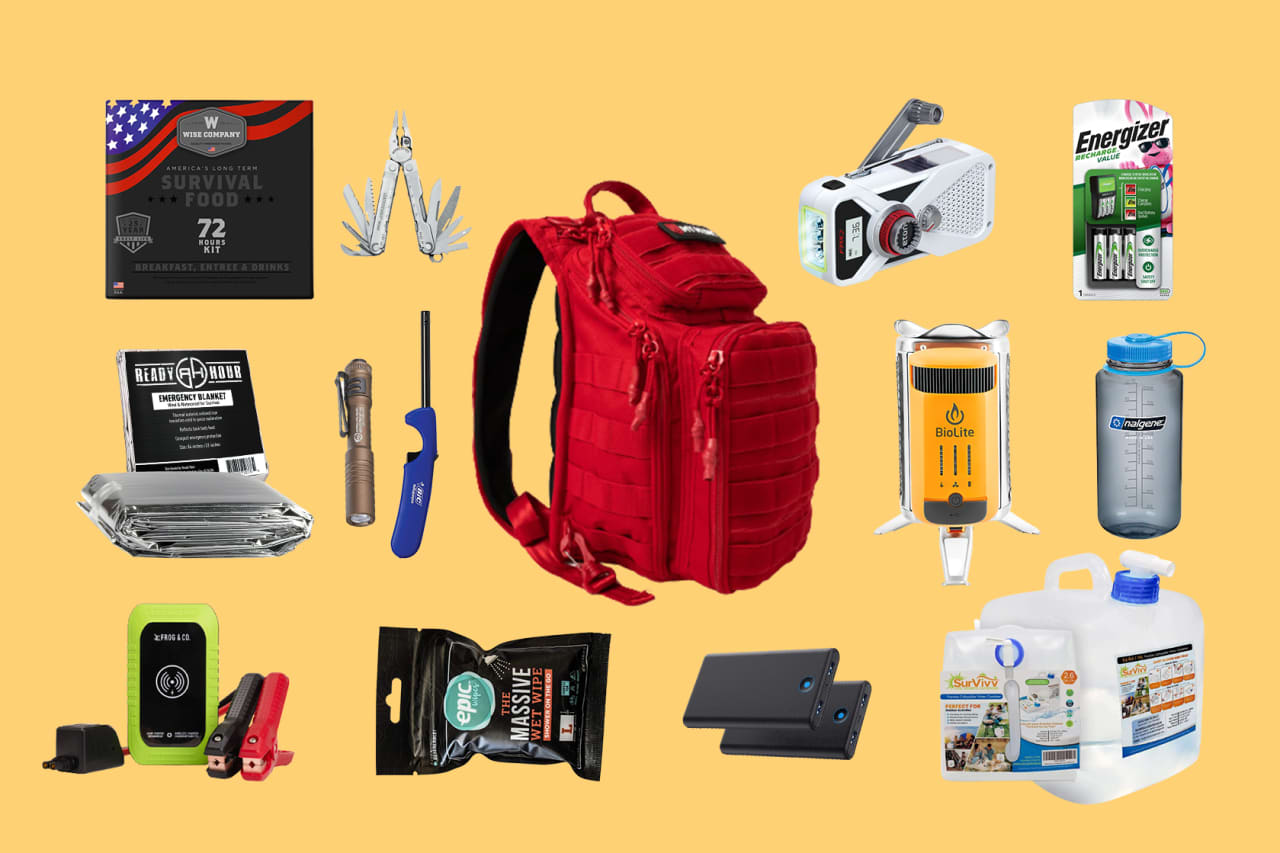Emergency Preparedness: Building a Safer, Stronger Neighborhood With Each Other
Emergency Preparedness: Building a Safer, Stronger Neighborhood With Each Other
Blog Article
Understanding the Art of Emergency Readiness: Professional Tips
Whether it be a natural disaster, a medical emergency, or a sudden situation, being prepared can make a substantial distinction in the end result. Grasping the art of emergency preparedness requires a mix of expertise, preparation, and calculated thinking.
Importance of Emergency Readiness
Emergency situation preparedness is an important element of guaranteeing the safety and health of people and neighborhoods in the face of unforeseen calamities and emergency situations. EMERGENCY PREPAREDNESS. Being prepared can substantially reduce the impact of all-natural calamities, mishaps, or other dilemmas that may develop. By having a well-thought-out emergency situation plan in location, people and communities can respond successfully, possibly minimizing and conserving lives damage
One key factor why emergency situation preparedness is very important is that it helps in minimizing panic and confusion during a situation. When people are conscious of what to have and do exercised emergency procedures ahead of time, they are most likely to continue to be tranquil and make logical choices in demanding situations. This can lead to a more reliable and well organized response, aiding in the security of lives and property.
Furthermore, emergency preparedness promotes strength within areas. By spending time and sources right into readiness measures such as training, drills, and infrastructure improvements, neighborhoods can recover quicker after a disaster. This resilience is important for long-lasting recuperation and sustainability, guaranteeing that neighborhoods can hold up against future emergencies.

Structure a Comprehensive Emergency Plan
Taking into account the important duty emergency situation readiness plays in minimizing the influence of calamities and fostering community strength, the structure for efficient response lies in building a thorough emergency situation plan. EMERGENCY PREPAREDNESS. A thorough emergency situation plan works as a roadmap for neighborhoods and organizations to properly coordinate sources, respond to situations, and make sure the safety and health of individuals throughout emergencies
Key parts of a detailed emergency strategy include danger assessment, recognition of potential threats, establishment of communication procedures, classification of obligations and roles, and routine training and drills. By conducting complete risk evaluations, companies can determine susceptabilities and prioritize locations for mitigation. Developing clear communication procedures guarantees that details is disseminated efficiently during emergencies, facilitating prompt decision-making. Assigning roles and duties makes clear the chain of command and promotes a worked with response effort. Routine training and drills aid acquaint individuals with emergency procedures, making sure a swift and reliable feedback when a crisis occurs. Eventually, a detailed emergency situation strategy is instrumental in enhancing preparedness, reaction abilities, and general durability despite calamities.
Vital Supplies and Resources
When preparing for possible calamities, making sure access to important supplies and sources is extremely important for efficient emergency response and strength. Stockpiling on non-perishable food products such as canned goods, protein bars, and completely dry products is essential to sustain people and households during times of situation when access to fresh food might be restricted (a fantastic read). Additionally, preserving an enough water supply, with a minimum of one gallon each per day for a minimum of three days, is crucial for hydration and sanitation requirements
Fundamental medical supplies including bandages, bactericides, drugs, and an initial help set are important for dealing with injuries and diseases that may take place during emergencies. Flashlights with extra batteries, a multi-tool, and coverings should also be consisted of in emergency supply packages to supply light, help in navigating, and make sure warmth and comfort.

Communication Strategies Throughout Emergencies
Effective interaction approaches play an important duty in ensuring timely and exact circulation of details during emergencies. Clear and succinct interaction is important for collaborating feedback initiatives, providing directions to the public, and maintaining every person educated about the progressing scenario.
Throughout emergencies, it is essential to assign an agent or a central communication team to make sure uniformity in messaging and avoid confusion. This assigned person or group need to be trained in situation interaction and with the ability of delivering info in a calming and tranquil manner. Additionally, establishing a system for two-way interaction can aid collect real-time special info feedback from the affected individuals and address their needs better.
In addition, utilizing technology such as emergency notice systems and communication apps can improve the dissemination of vital info and facilitate rapid response initiatives. By applying these interaction communities, companies and methods can improve their emergency situation readiness and response capacities, inevitably saving lives and minimizing the influence of catastrophes.
Training and Practice for Preparedness
An essential element in guaranteeing readiness for emergency situations is the implementation of normal training and practice to boost reaction capabilities and preparedness - other. Via consistent training, emergency responders can familiarize themselves with procedures, tools procedure, and decision-making procedures, ultimately improving their efficiency during dilemmas
Educating sessions should imitate sensible emergency situation circumstances to provide responders with hands-on experience in a controlled environment. These simulations allow individuals to practice their roles, test communication systems, and identify areas for improvement without the pressure of a real emergency.
Normal drills and workouts additionally aid groups develop communication and sychronisation, making sure that everybody comprehends their obligations and can collaborate seamlessly when encountered with a dilemma. Additionally, debriefing sessions following training exercises permit positive responses and the possibility to gain from any type of blunders made.
Verdict
In verdict, mastering the art of emergency readiness calls for an extensive plan, essential materials, reliable interaction approaches, and routine training. By focusing on readiness and taking aggressive actions, neighborhoods and people can much better react to emergency situations and alleviate prospective risks - EMERGENCY PREPAREDNESS. It is crucial to remain notified, remain prepared, and continually enhance emergency action techniques to ensure the security and well-being of all people involved

In verdict, understanding the art of emergency preparedness requires an extensive plan, crucial supplies, effective communication techniques, and routine training.
Report this page